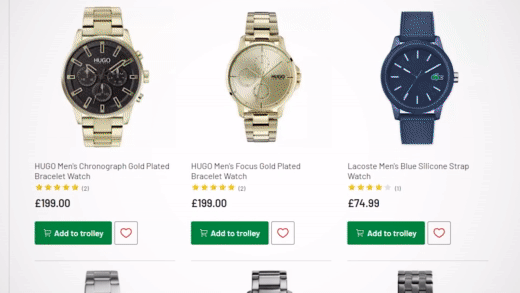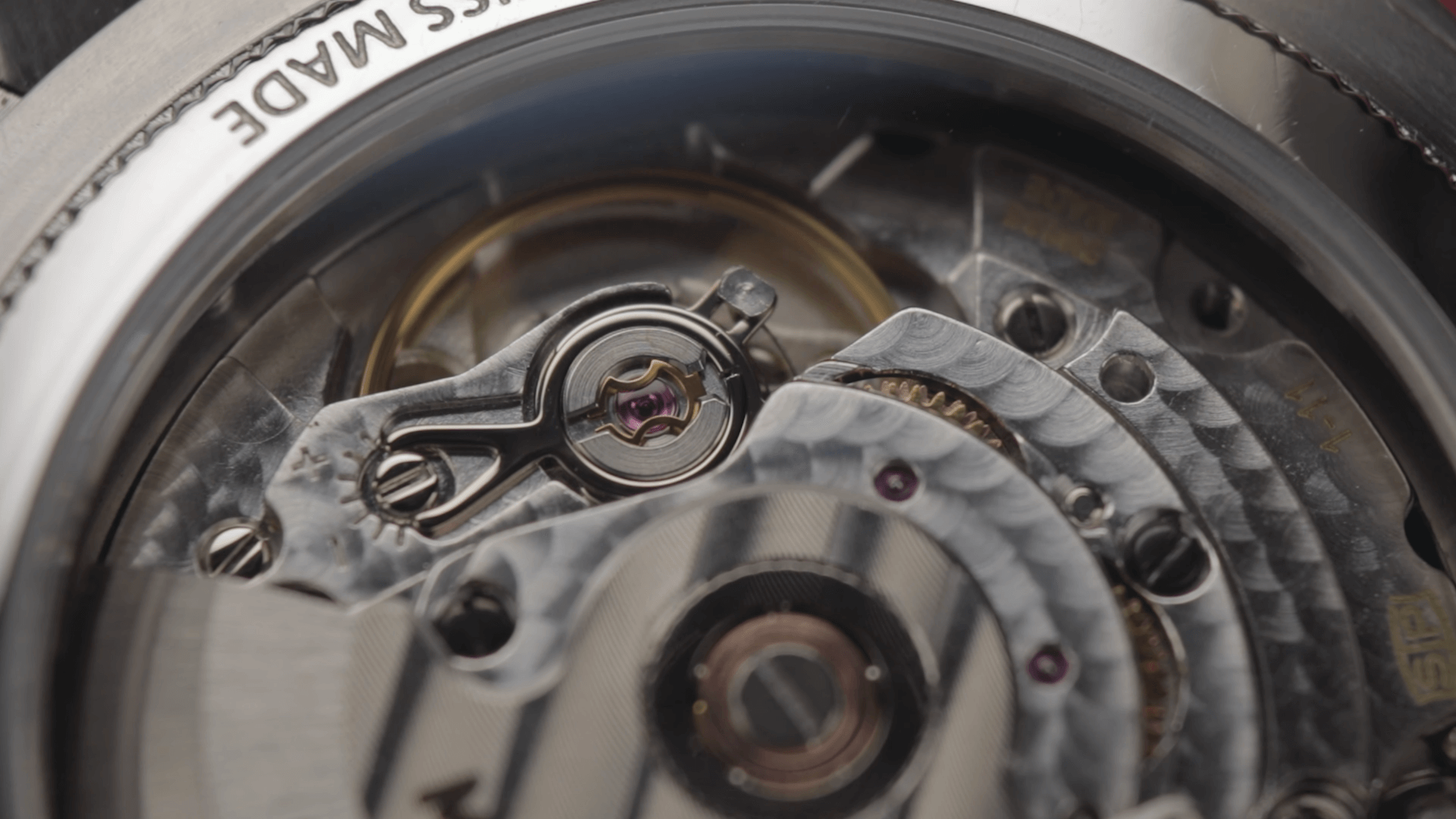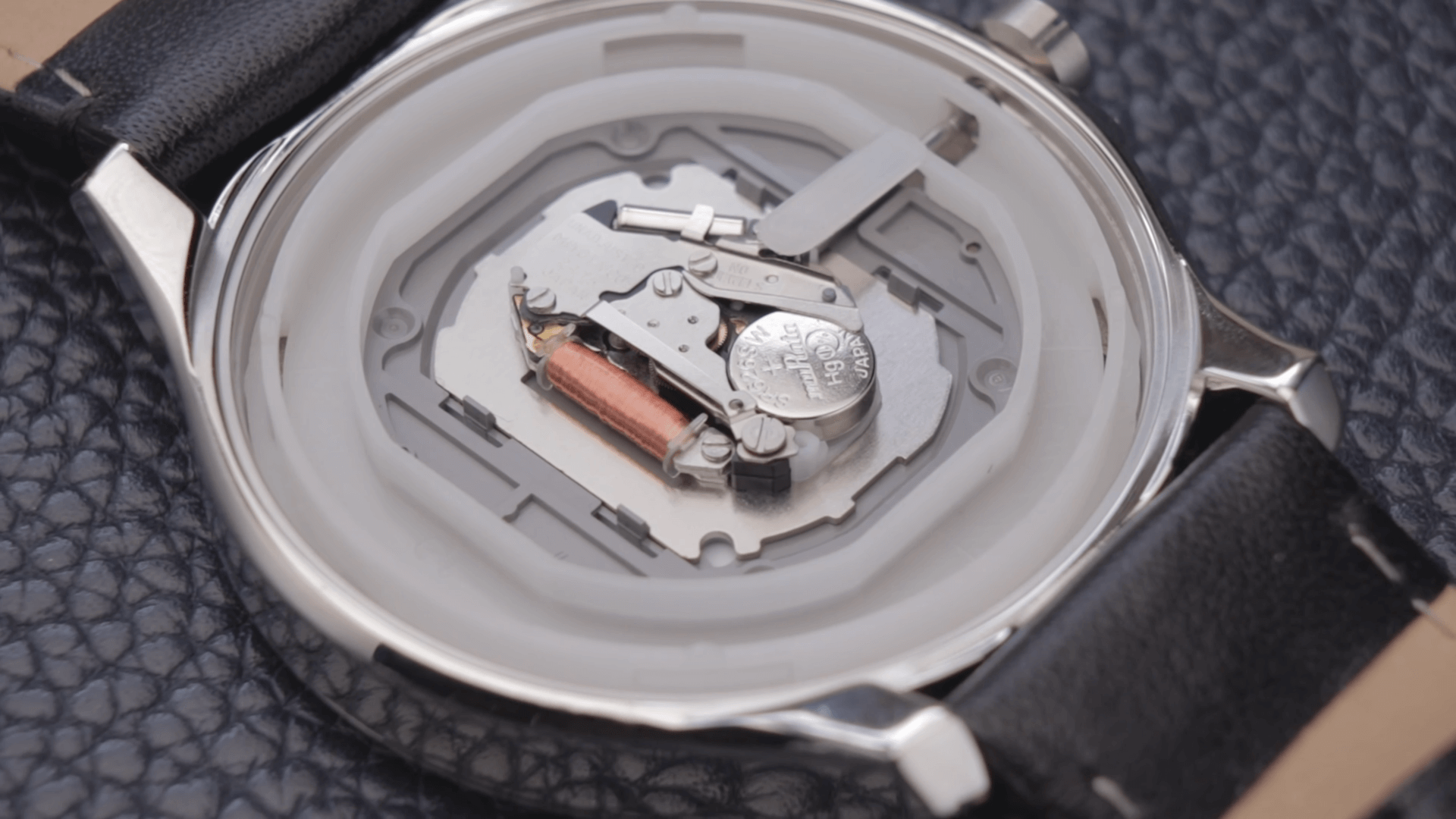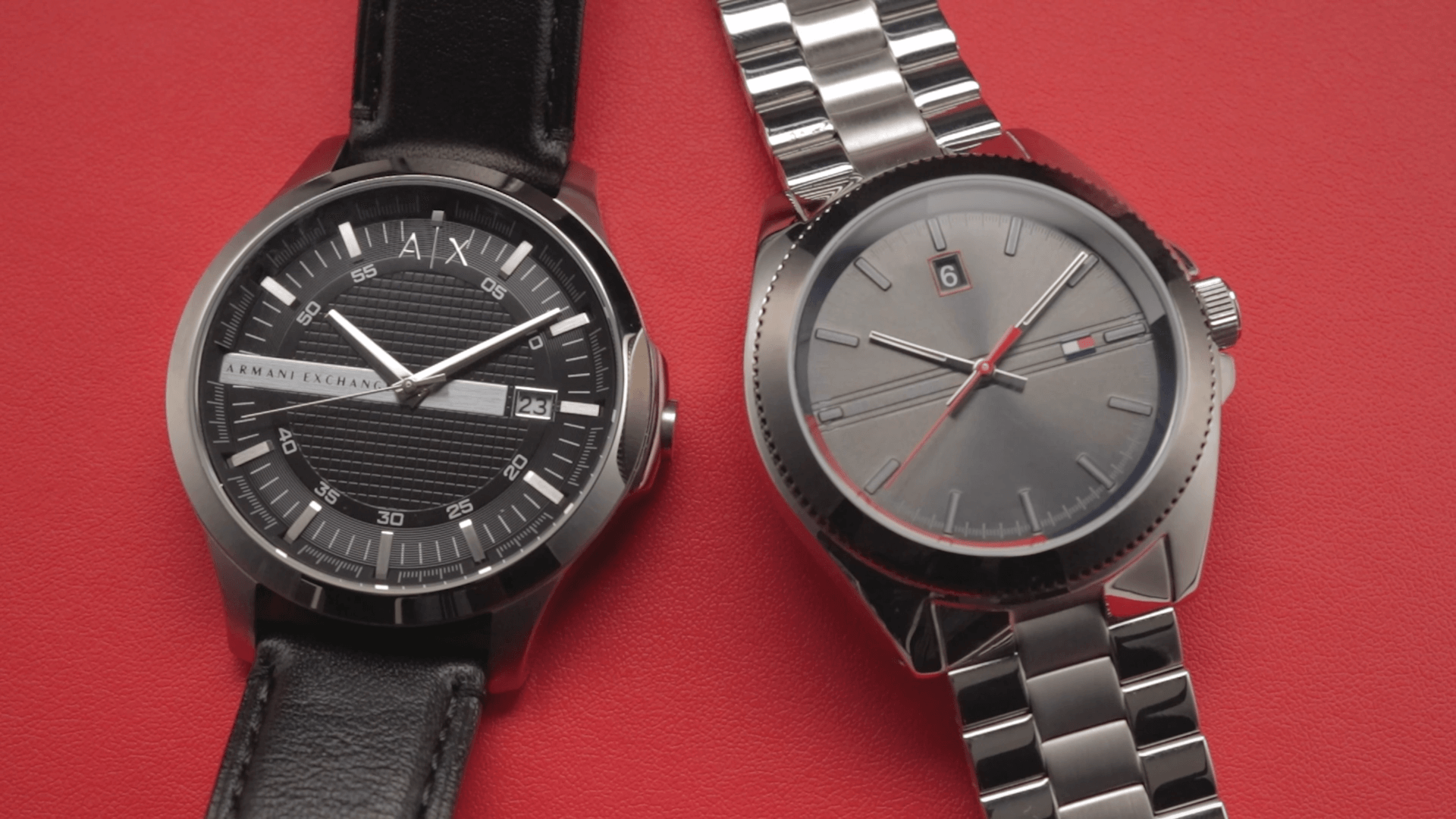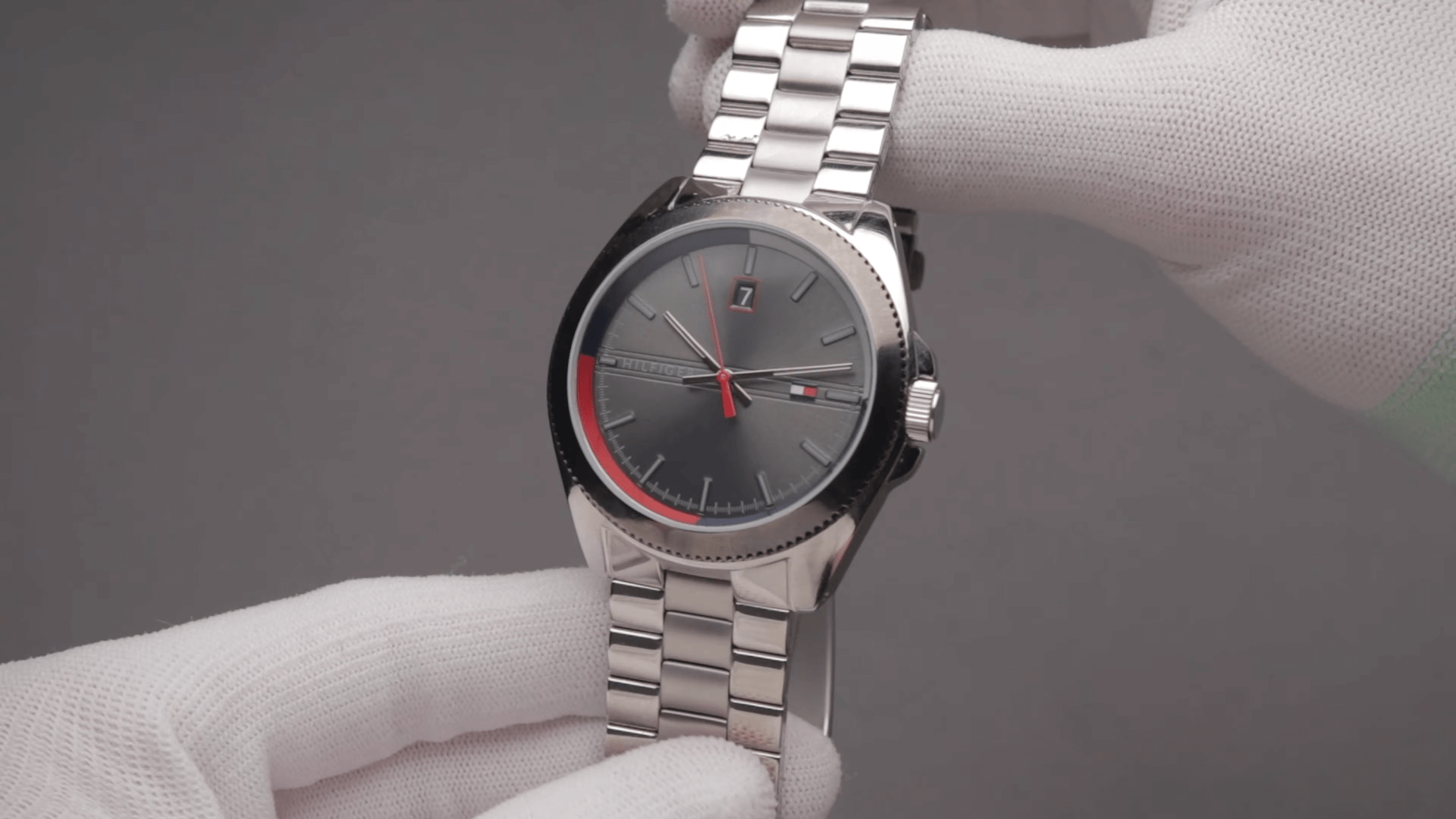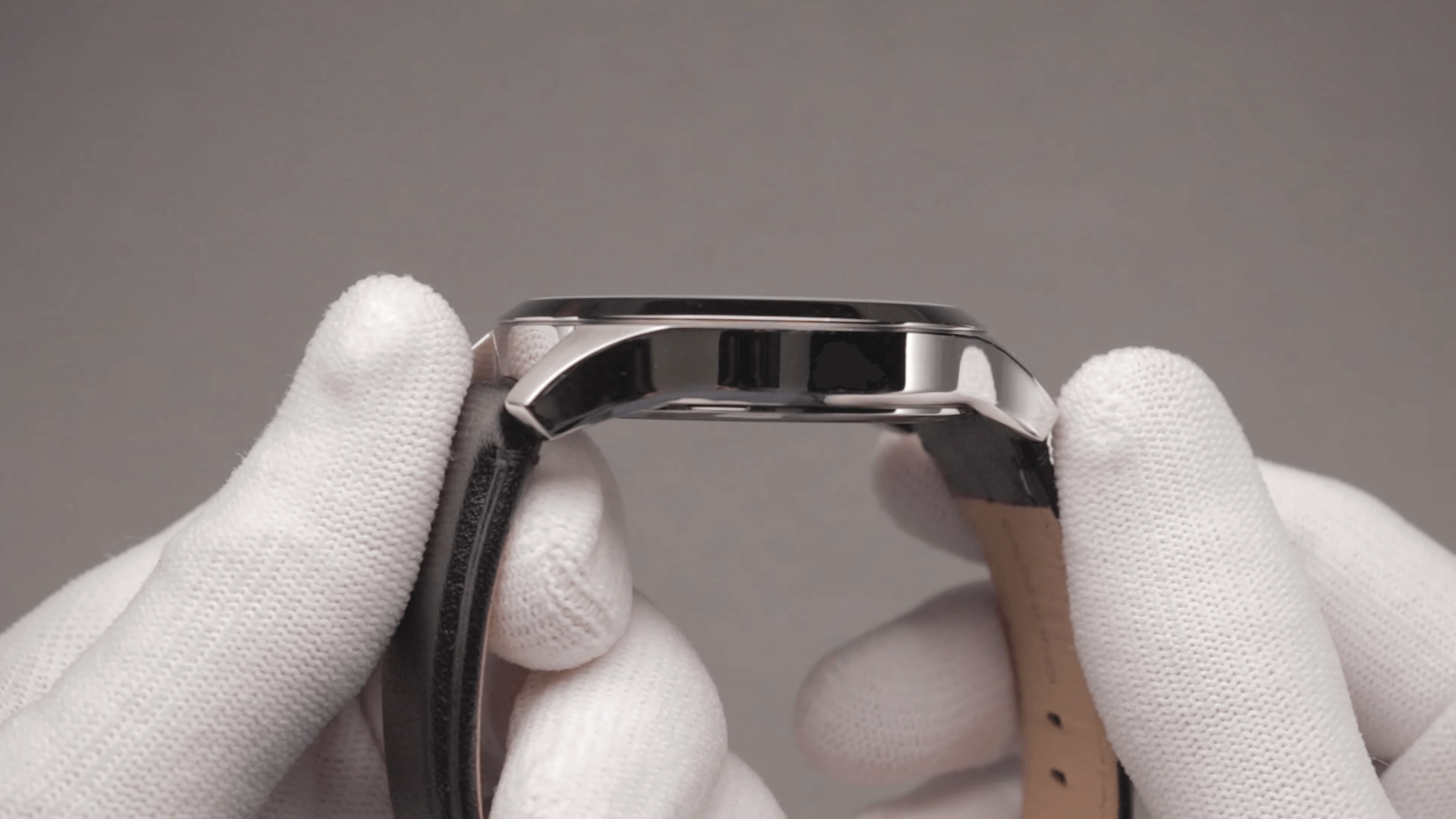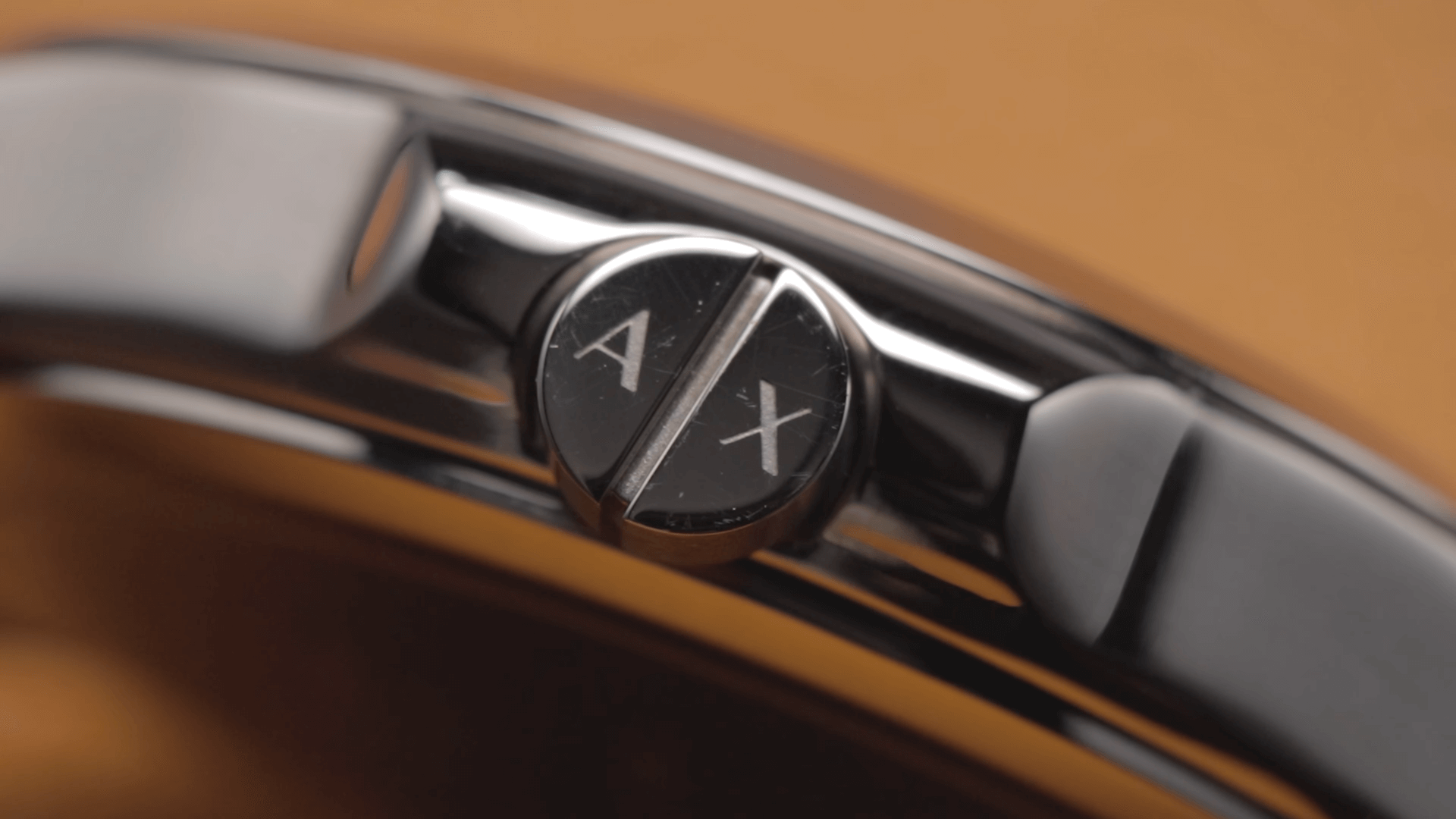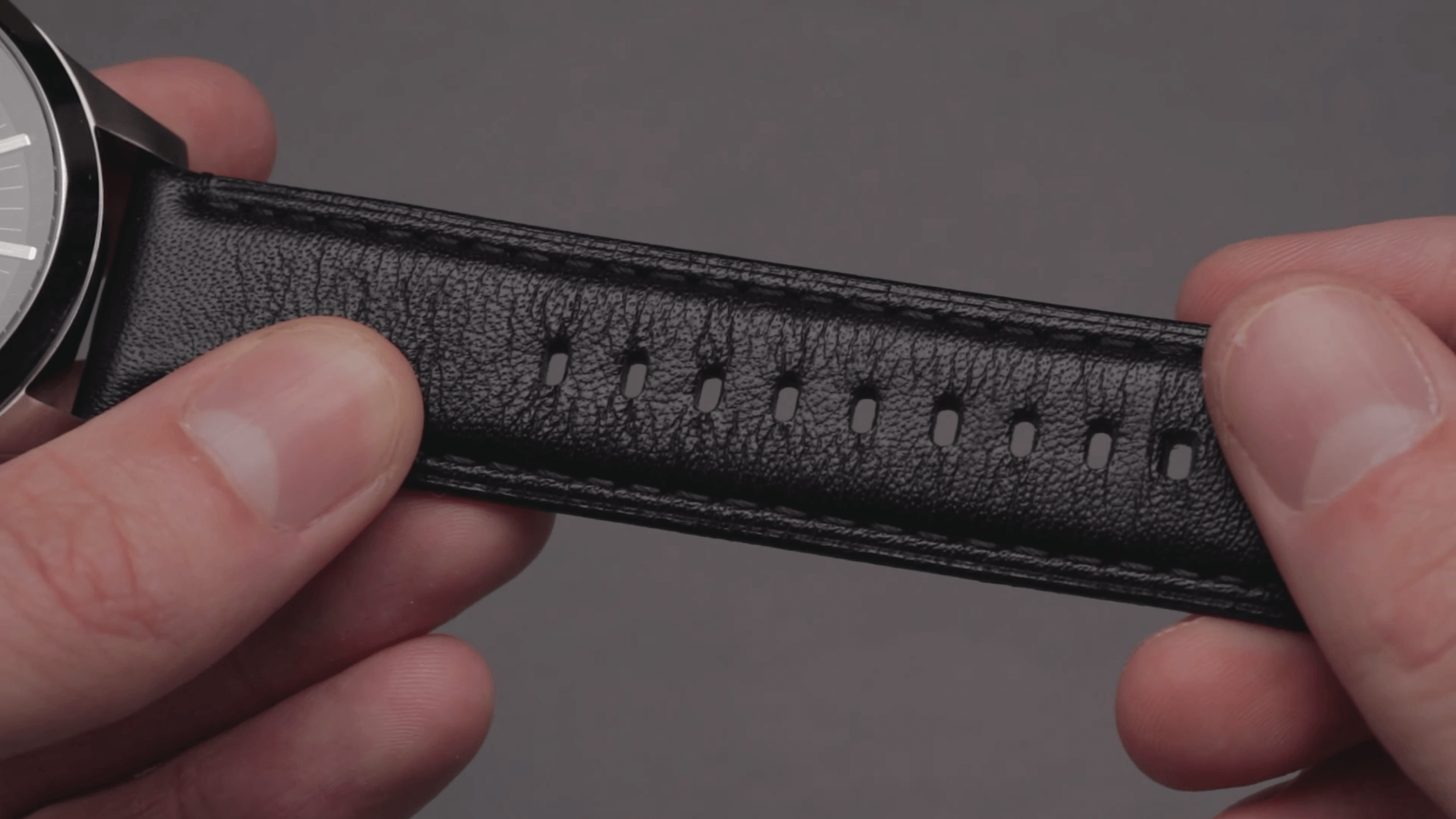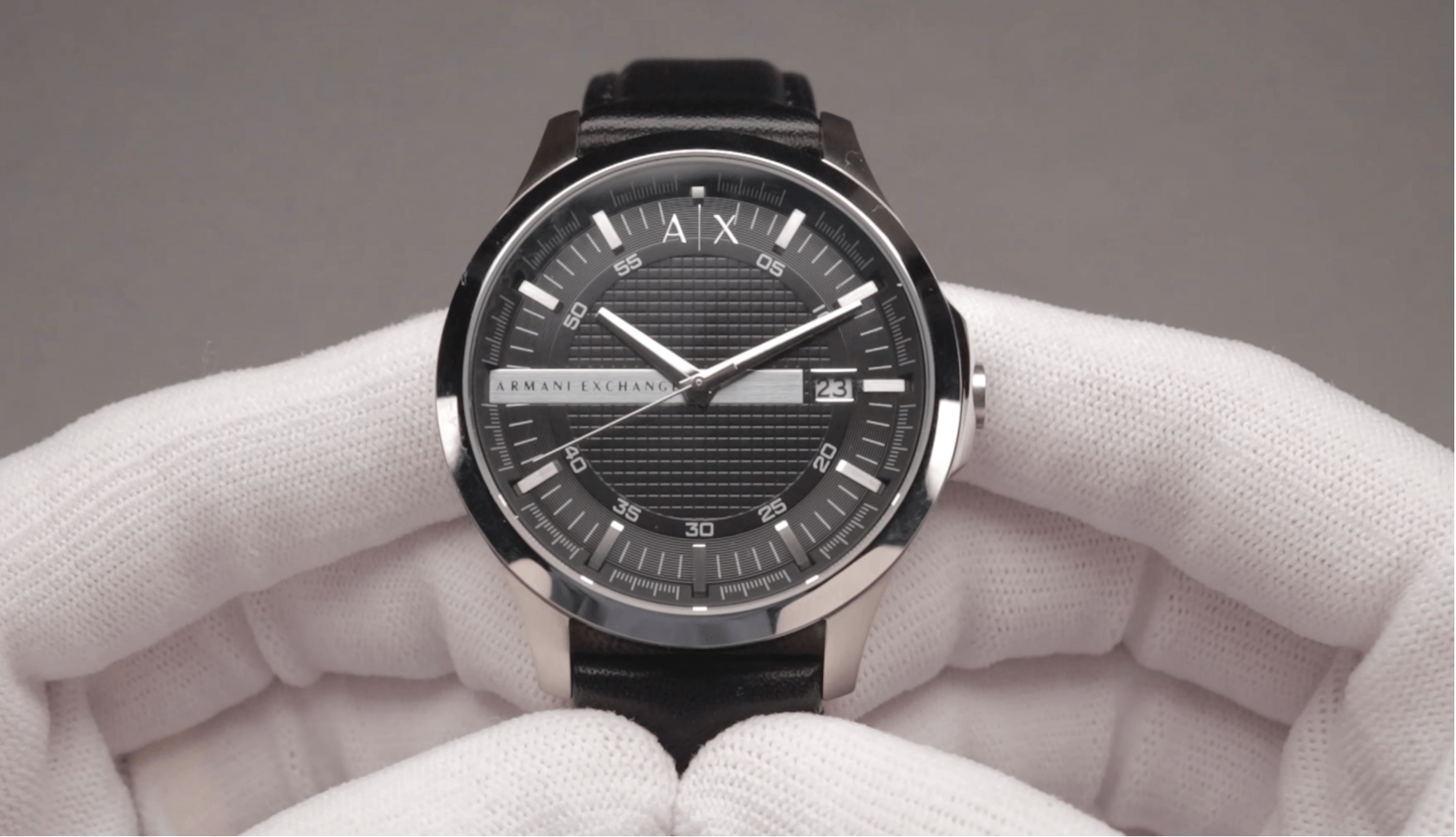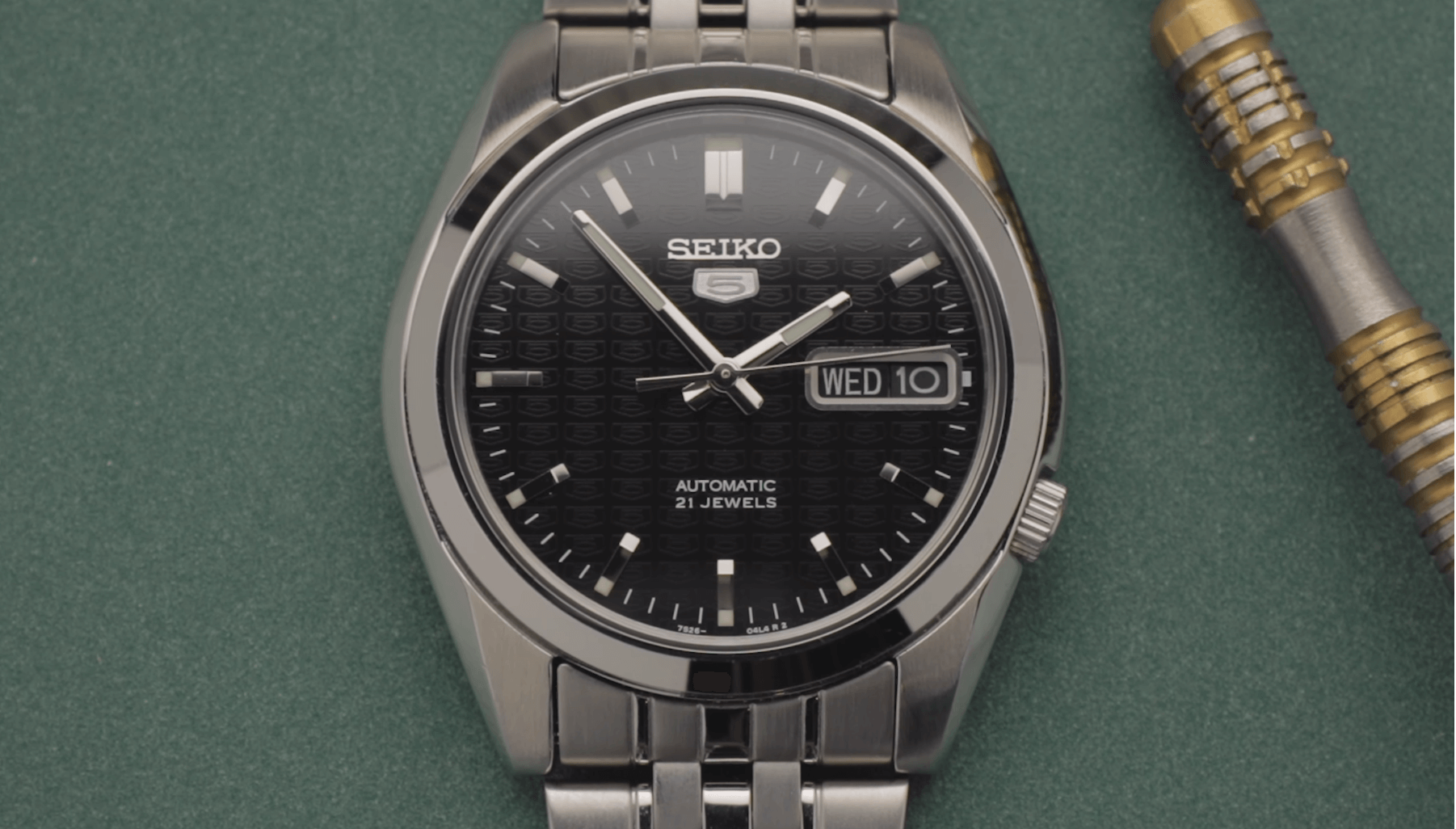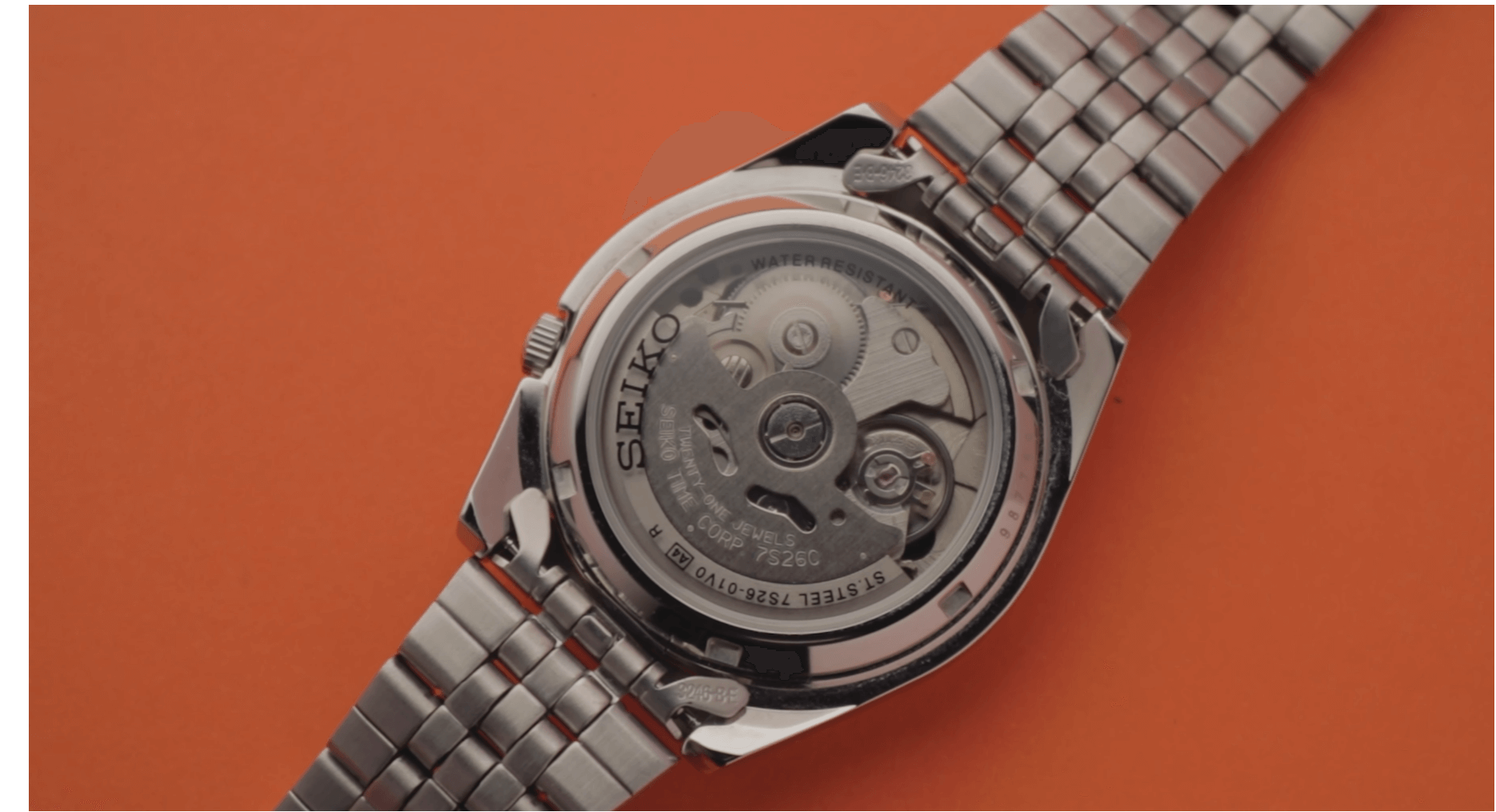Why Are Fashion Watches So Bad?! Armani Vs Tommy Hilfiger Watches
(This page features affiliate links, for more information click here.)
Most watches suck. No, seriously! If you head to most online watch retailers, you'll see a plethora of timepieces from various brands, the vast majority of which offer poor build quality for the money.
Why are these watches so bad, and why are people continuing to buy them? I figured today I'd look at a couple of these offenders to give you some answers.
By the way, please don't be upset if you have one of the watches I'm mentioning here. You're welcome to buy what you want, and if you're happy with it, that's all good. I'm here to show you what you're paying for with these fashion watches and how your money can probably land you a significantly better product next time.
Fashion Watch Brands
I just used the phrase 'fashion watches' for a reason. You'll notice that loads of jewelers stock wristwatches branded by fashion houses such as Armani, Michael Kors, Tommy Hilfiger, Lacoste, Hugo Boss, and others. While such brands may be responsible for producing their name-brand fragrances, unfortunately, the same cannot be said when it comes to their watches. Indeed, like with other clothing items, their production is cheaply outsourced to Far East contractors with extensive manufacturing facilities. In short, fashion brands have virtually nothing to do with the manufacturing of their timepieces; they are there to simply stamp on a logo.
An excellent example of such an operation is the Fossil group, which owns Skagen, Relic, and Zodiac and secretly manufactures the likes of Armani Exchange, Diesel, DKNY, Michael Kors, and many more.
IMAGE CREDIT: FOSSIL ICR XCHANGE PRESENTATION ON JAN. 13, 2014
History of Fashion Watches
Most fashion watches result from the quartz revolution in the 1970s and 80s. The transition from complicated and carefully crafted mechanical movements using rotors and springs to the more simply produced circuitry of battery-powered quartz alternatives helped significantly reduce manufacturing expenses. The mass production of highly-engineered timepieces was no longer a hurdle for new brands to overcome.
Mechanical Watch Movement
Quartz Watch Movement
What are Fashion Watches?
Fashion watches are made to serve a specific audience. Those after a 'fashionable' watch that looks good with their outfit for a modest price - something they can flash to others to improve their aesthetic.
From a product development standpoint, they are designed to be as cheap yet flashy as possible to maximize returns. For decades, this strategy has proven tremendously profitable. These brands have gotten away with producing bottom-of-the-barrel watches due to the recognizable brand name on the front. This labeling provides a luxury façade, allowing the asking price and subsequent profit margin to be multiplied with no increase to build quality or production costs.
Smart Watches vs Fashion Watches
In recent years though, the rise of the smartwatch has cannibalized the sales of these quartz fashion pieces. People are more addicted to social media and smartphones than ever before and see smartwatches as a way of staying plugged into that ecosystem.
Smart watches are not only more functional but scratch the same aesthetic itch. The youth now wants to be seen wearing these - they want to flex their new Apple or Android purchase!
The Problem with Fashion Watches in the 2020s
What's the point here, then? Well, the increasing competition from the smartwatch sector has forced many of these brands to start reducing costs to an even more extreme degree. By no means is this speculation on my part.
For example, Fossil's last few annual reports and investor presentations confirm that aggressive cost-cutting is happening across the business. It's part of their strategy to recover some of the revenue lost to the smartwatch sector and the ongoing effects of the global pandemic.
This strategy is echoed among similar companies who find themselves in the same boat. All of these reductions mean that fashion watches are getting even worse, without any corresponding price reduction.
Are Fashion Brand Watches Good?
This leads me to this pair. Two of the finest offerings from Armani Exchange and Tommy Hilfiger!
Thanks to Amazon for covering the cost of these, so I'm not wasting my money. The Armani was $100, while the Hilfiger was $95 on Amazon when ordering. Both are retailing for more elsewhere. I chose these models as they are some of the highest rated on Amazon at the time of writing; in essence, this is the best-case scenario for 'Team Fashion Watch.'
They're linked in this article, alongside the alternatives I'll be mentioning.
Construction
Fortunately, both have 316L stainless steel construction, which is better than the cheaper metals used in most grocery-store watches. This provides increased corrosion and scratch resistance, which is good, though it is still the industry-standard material that is obtainable in most watches from about $50 and upwards.
The steel used in the Armani feels especially thin, with a tinny feeling that makes the piece immediately feel cheap in the hands. The case on the Hilfiger does feel notably better, but crucially, both pieces look rudimentary.
As someone who's reviewed hundreds of watches, I facepalm at the thought of people buying these, hoping they'll be premium or stylish. Please, folks, save your money if that's your aim!
Tommy Hilfiger
Armani
Unfortunately, the Hilfiger looks like it's constructed of plated plastic due to the overly shiny finish and the fake integrated end-links that serve no functional purpose and deliberately prevent you from changing the bracelet for a band of your choosing. (They'd prefer you buy a whole new watch if it breaks).
You'll notice that the crown is clumsily misaligned with its guards. If you're new to watches, these lumps are supposed to flank the crown, deflecting blows that could damage it or its connection to the movement inside. While it's less functional, it primarily looks ugly due to the sloppy design.
Despite the coin-edge grooves, the bezel is fixed in place, a standard feature on the lowest-tier watches.
You can switch the Armani strap, though the case is similarly basic, and the crown is again offset, this time in the opposite direction.
Watch Bands
The default bands on each are woefully inadequate. The bracelet adorning the Tommy Hilfiger is a barebones, folded link steel piece that jangles around, not dissimilar to that on a £15 Casio. You're stuck with it due to the fake end links.
A black 'genuine leather' strap comes fitted to the Armani, comparable to some watches I've purchased for under $10 on AliExpress. Ironically, my Spaghetti Scameti parody brand arguably had better straps than this, despite deliberately sourcing the worst components possible. This band will undoubtedly wear in very poorly and start to look shabby in no time.
Dial Design
I can't say I'm a fan of either of the dials, where a multitude of quality control issues are immediately evident to the naked eye. I'd say the Hilfiger is the better-looking of the two, with a pleasing gunmetal sunburst that catches the light quite well.
Aside from that, it's rough going with boring markers that aren't applied and have instead been punched through from the rear, a generic handset, and gaudy colors adorning the inner rehaut and second hand, making it look like a kid's watch. I think they went for the whole Rolex Datejust look but came out with something from the Early Learning Centre. Several markers are misaligned, as is the date wheel, which doesn't even fit into the window, butting up to the left side. Shockingly, the second-hand does hit its marks, a common shortcoming on budget watches.
The Armani Exchange looks far cruder, in my opinion. The hands look like they have been sawn off, ending well short of where they should, while the outer markers look hollow and generic. There's a waffle-like texture across the center, providing some much-needed depth. However, it's convoluted by the unnecessary additional chapter ring around the perimeter, and a hideous silver bar stuck to the middle, yet again housing the Armani logo.
The upper primary logo is so tilted that it awkwardly overlaps a second marker. Not a good impression for the first thing you'll look at!
Movement
Considering that the movements inside can be obtained for pennies on the dollar, I'd guess neither of these Chinese-made fashion watches cost more than $7 to produce, especially when economies of scale are considered. The Scameti watches I made aren't far off in terms of quality, and they were insanely cheap, trust me! By my calculations, you're spending over 90% of the item cost for distribution and marketing alone.
Are Fashion Watches Worth Buying?
While fashion brands may offer 'luxury' products in other sectors, their watches use basic, industry-standard materials at best. Even the glass is scratch-prone mineral crystal, rather than the scratch-resistant sapphire used on genuine, premium watches. Fashion watches are generally not worth buying for those concerned with quality. Without the brand names and logos, neither of these watches would draw in any punters at their current prices. They're sub-par products, and there are much better value alternatives.
If you think these nitpicks are overly critical, I'd suggest spending £30 on a Casio, which is a comparable, or typically better, watch for a fraction of the price. You can spend your savings on another watch or whatever else you like.
Watch Alternatives
So which watches should you buy? Say you have $150 or less to spend but want something that looks better and is of higher quality, too; where should you look?
Personally, I'd stick with companies that specialize in producing their watches in-house as the core part of their business. They're experts at it, so it's no surprise that their products are generally much better. Casio, Seiko, and Orient have plenty of affordable Japanese-made offerings with substantially improved construction and sleeker aesthetics for similar prices.
Take the Seiko 5 SNK361, for instance. The case has better finishing, and the dial features a microscopic engraved surface alongside more premium-looking hands and indices that each feature luminescence. Within isn't a dirt-cheap quartz movement but a more complex entry-level automatic that you can see through the rear of the watch. This movement permits a second-hand gliding sweep rather than a once-per-second ticking motion, which looks much more impressive.
Overall, it's also a more modest size, so it doesn't overhang the edges of your wrist as most gigantic, oversized fashion watches do.
Mechanical watches have some downsides like accuracy and maintenance, but it's still a better use of your money; the final product is infinitely more satisfying to wear. If you prefer battery-powered quartz, Japanese brands also make those, which tend to have lower RRPs and improved construction, versus the Chinese-made Tommy Hilfiger or Emporio Armani. This Seiko will also retain a portion of its value if you ever decide to resell it (effectively reducing your outlay even further), unlike the aforementioned fashion watches, which lose 90% of their worth the second you press the 'Buy Now' button.
The weird thing is that most non-watch nerds think pieces like this Seiko are out of their price range. Surprisingly this, and many other great alternatives, are well within the ballpark of the garbage Armani and Hilfiger (when it comes to cost). I'll link some of those articles below for your convenience.


